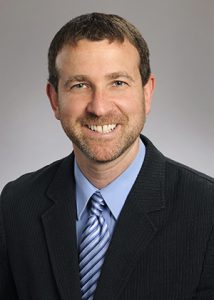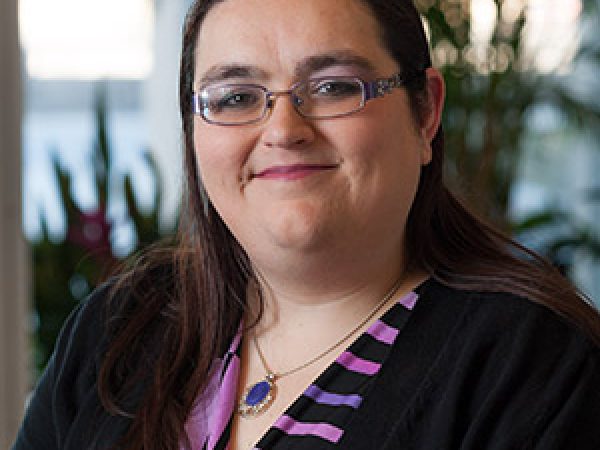Plugging Cell Biology Into a Genomic World
Guest Post by Adam Marcus, PhD
Winship Cancer Institute of Emory University
Personalized oncology epitomizes the concept of interdisciplinary research where pathologists, bioinformaticians, oncologists, and biologists work together to identify and ultimately target drivers of cancer. We gather at tables to collaborate across disciplines and try to speak the same language with the goals of advancing knowledge and helping patients. As a cancer cell biologist at the Winship Cancer Institute, I have been privileged to be a part of these conversations and to contribute to our efforts to understand tumor biology.
When most researchers talk about personalized (or precision) oncology, genomics is usually an important part of the conversation. Genomic technologies can yield tremendous amounts of information in a relatively unbiased and high-throughput manner. Cell biology, on the other hand, which has interested me for over 15 years, provides a powerful and focused approach to probe the behavior and function of cells, organelles, and proteins. Tremendous leaps have been made over the last two decades that have enhanced our ability to “see” biology due to the advent of technologies such as genetically encoded fluorescent proteins and new imaging modalities. In fact, the Nobel Prize has been awarded twice in the last decade to imaging-based technologies, most recently this past October to the inventors of super-resolution imaging.
Despite these differing approaches, cell biology and genomics are not mutually exclusive; cell (and molecular) biology data are routinely combined with genomic data as a means to validate results. But can cell biology and genomics be more than validation partners? Could a marriage between the focused spatial and temporal power of cell biology with the throughput of genomics create a “best of both worlds” scenario to enhance personalization of cancer treatment?
Watch Dr. Marcus’ TEDx Peachtree talk, “Every Cancer Is Personal.”
http://youtu.be/LgntY0dOf_c
As we move into a world of single-cell genomics, we are beginning to unravel the importance of obtaining information from one cell, and consequently yielding tremendous insight into tumor biology, especially tumor heterogeneity and rare cell types. Several strong lines of evidence now suggest that it may be rare cell types, such as cancer stem cells, that are required for initiation and progression of cancer. The ability to develop new methods that can precisely select these rare cell types, perhaps even while the cells are alive using cellular imaging-based approaches, would allow these rare genomes to be extracted. Perhaps, down the road, approaches rooted in cell biology may help provide more temporal -omics where researchers can monitor changes in the transcriptome of single cells or groups of cells over time to understand single tumor cell evolution during initiation, progression, and treatment.
It is not that cell biology is so unique; rather, it is the concept of marrying two research approaches to create a scientific synergy. The advances that are made through interdisciplinary research in the laboratories will not only provide new insight into the biology of cancer but can ultimately impact patients through personalized oncology. The late Steve Jobs said, “Creativity is just about connecting things.” We need to continue to connect things in the lab to create new opportunities in the clinic.
Adam Marcus, PhD, received his doctorate in cell biology from Penn State in 2002 and went on to do a postdoctoral fellowship in cancer pharmacology at Emory University. Marcus is an associate professor at Emory University School of Medicine and has developed his own laboratory at Winship Cancer Institute, which focuses on cell biology and pharmacology in lung and breast cancer. His laboratory studies how cancer cells invade and metastasize using a combination of molecular and imaging-based approaches. Marcus has been a member of the American Association for Cancer Research since 2003. You can follow him on Twitter at @NotMadScientist.



